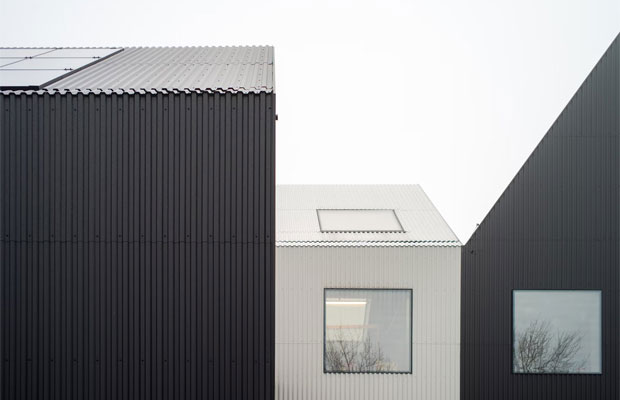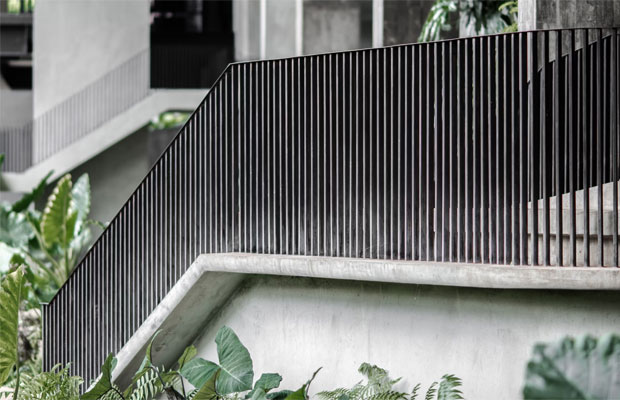Energy Efficiency in Metal Construction: Cooling Strategies

Energy Efficiency in Metal Construction: Cooling Strategies
Welcome to a journey into the world of energy efficiency in metal construction! As we delve into the nuances of cooling strategies, we’ll uncover the vital role they play in preserving the integrity of metal buildings. Picture this: a scorching summer day, the sun beating down on metal surfaces. We’re about to explore how excessive heat can turn into a foe for our sturdy metal structures and why adopting cooling solutions is the superhero move they need.
The Impact of Heat on Metal Buildings
Before we dive into solutions, let’s understand the enemy. Excessive heat can be a formidable adversary to metal buildings, causing issues like thermal expansion, a reduced lifespan, and potential structural damage. Imagine your metal structure facing these challenges daily. It’s not just discomfort; it’s a threat to the longevity and stability of the building itself. Now, let’s discover the arsenal of cooling strategies at our disposal.
Energy-Efficient Design Principles
- Ventilation and Insulation:
Proper ventilation and insulation are unsung heroes in the battle against heat. Adequate airflow within the building helps prevent heat build-up, while insulation acts as a temperature regulator. Together, they form a dynamic duo, ensuring your metal structure remains comfortable and resilient in the face of rising temperatures. Check out BlueTex Insulation for quality products, especially for metal buildings.
- Reflective Roofing Materials:
Second up in our cooling arsenal is the use of reflective roofing materials. These gems are designed to bounce back the sun’s rays, preventing excess heat absorption. Imagine your metal roof as a shield, reflecting the sun’s energy instead of absorbing it. From white coatings to specialized reflective materials, these solutions can significantly contribute to maintaining a cooler temperature within.
- Cool Roofing Solutions:
Cool roofing technologies take the concept a step further. By employing specially formulated materials, these roofs not only reflect sunlight but also emit the absorbed solar radiation, enhancing the cooling effect. Think of it as your metal building enjoying a refreshing sip of cool water, even in the scorching heat. The benefits extend beyond comfort – they positively impact energy consumption and costs.

Foil vs Foil Foam Insulation
You’re interested in adding insulation to your metal building. But, you’ll soon discover that there are various options to choose from. In particular, you’ll have the choice of different products, including foil insulation and foam foil insulation. Both can be good options, but they’re better in different situations. Let’s take a look at the characteristics of each so you can select the best one for your metal building.
- Foil Insulation
As you would expect, foil insulation is constructed from simply a layer of reflective foil. This has a basic yet effective job to do on metal buildings. It uses the reflection to get rid of heat. In other words, heat reflects off the foil and away from the metal building. In particular, many like to use it on walls and roofs, as well as in attics.
A good way to think about foil insulation is that it’s a heat shield for your building. Indeed, if you live in a hot climate and there are constant high temperatures, this is going to be perfect for your property. Typically, there will be no vapor barrier with this type of product. Again, its purpose is to reflect radiant heat, which is often all you need in hotter areas of the country.
- Foil Foam Insulation
Then, you have insulation that’s made from foil and foam. There’s a layer of each, which has combined advantages. It’s able to effectively reflect radiant heat, and it’s going to be resistant to conductive heat transfer. What’s more, the foam allows for thermal resistance. You can use this insulation on walls and roofs, as well as floors.
Foil foam insulation is a good option for metal buildings in many different climates. It’s also ideal for non-conditioned properties. There’s going to be regulation of condensation inside the metal building, which can help to prevent mould growth and moisture problems. It has the added benefit of being cool during the summer and warmer during the winter. So, it works all year round for your metal building and is a good investment.

Conclusion
In conclusion, the heat need not be the arch-nemesis of metal buildings. By embracing cooling strategies rooted in energy efficiency, we pave the way for structures that not only withstand the test of time but do so with style and sustainability. As we navigate the challenges of a warming world, let’s ensure our metal constructions remain cool, comfortable, and resilient. Here’s to a future where every metal building is a beacon of efficiency in the face of rising temperatures.
Guest Article.





